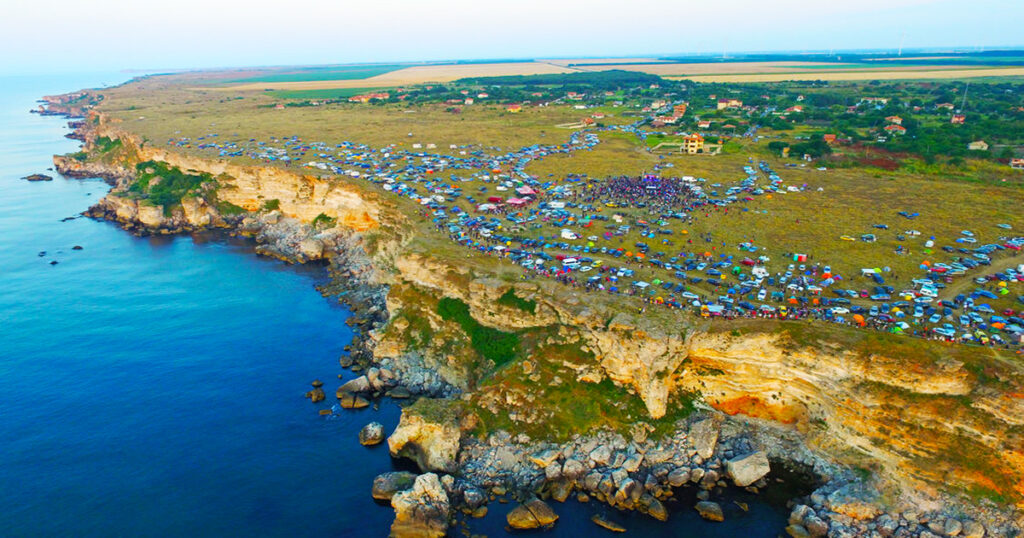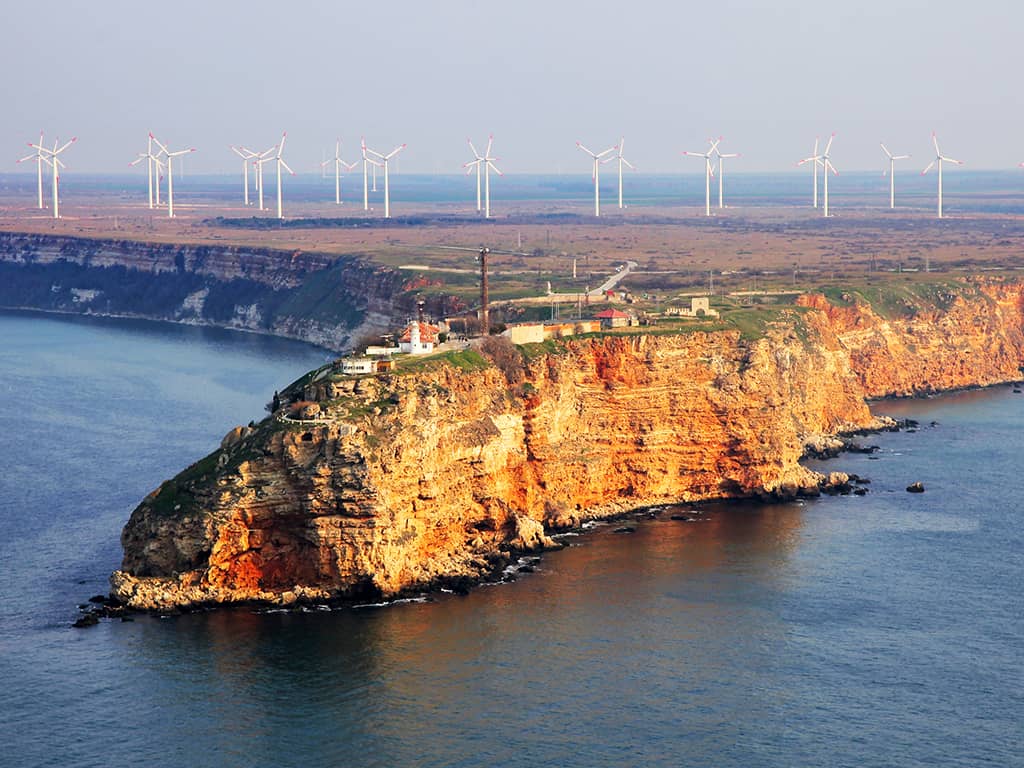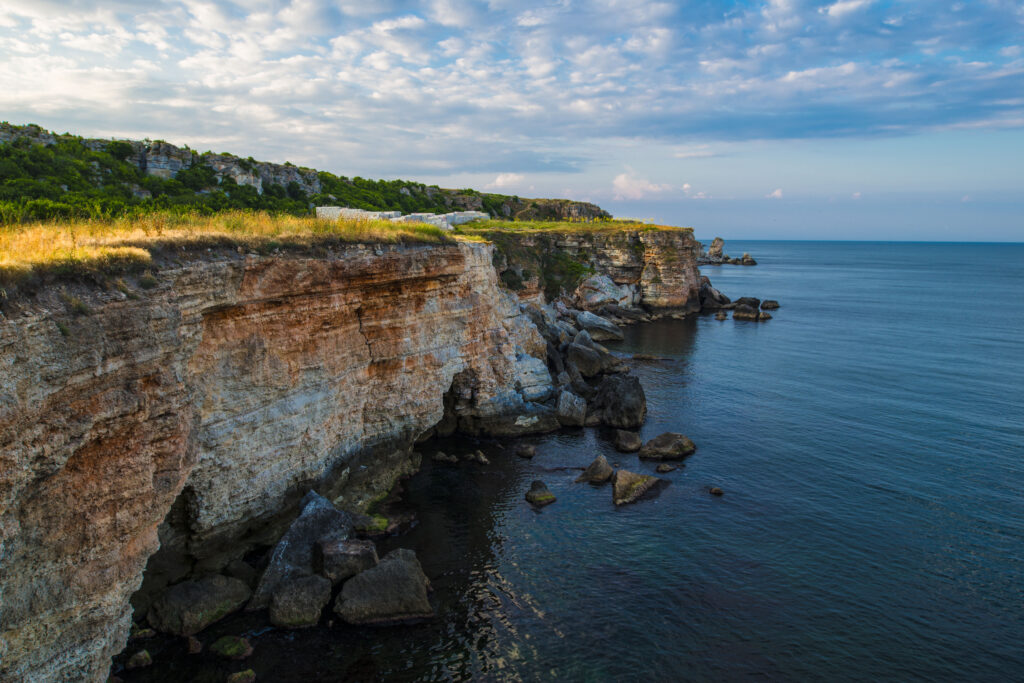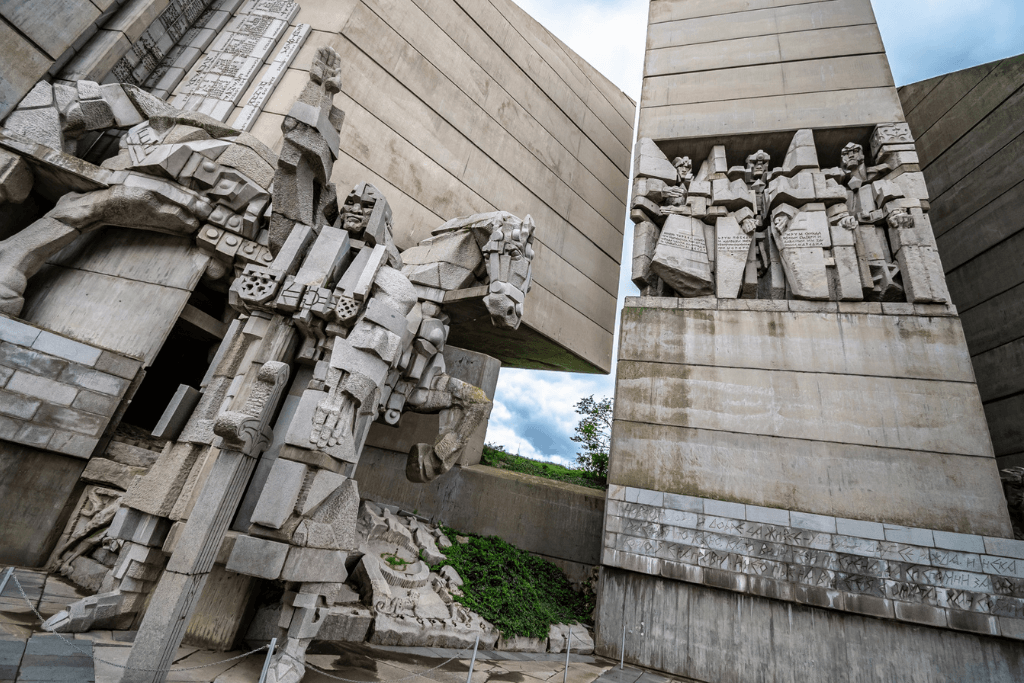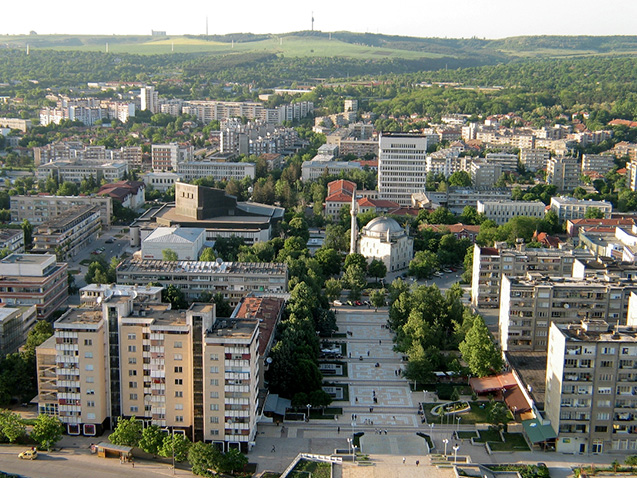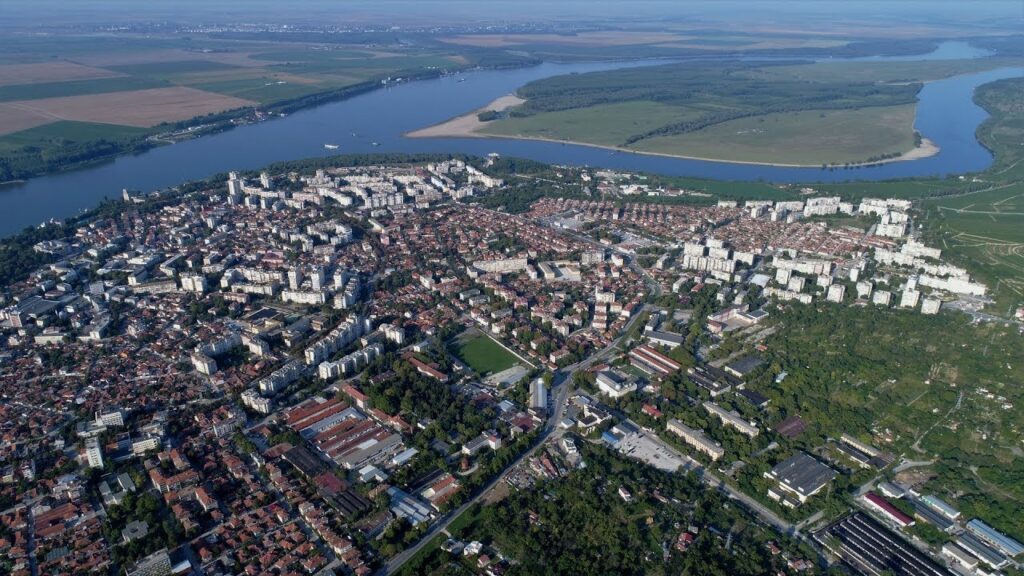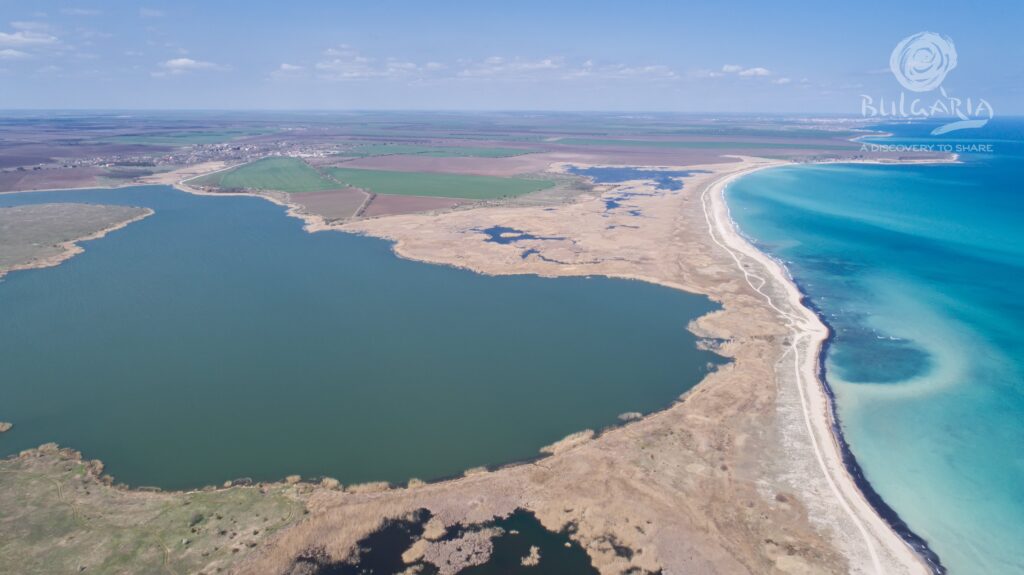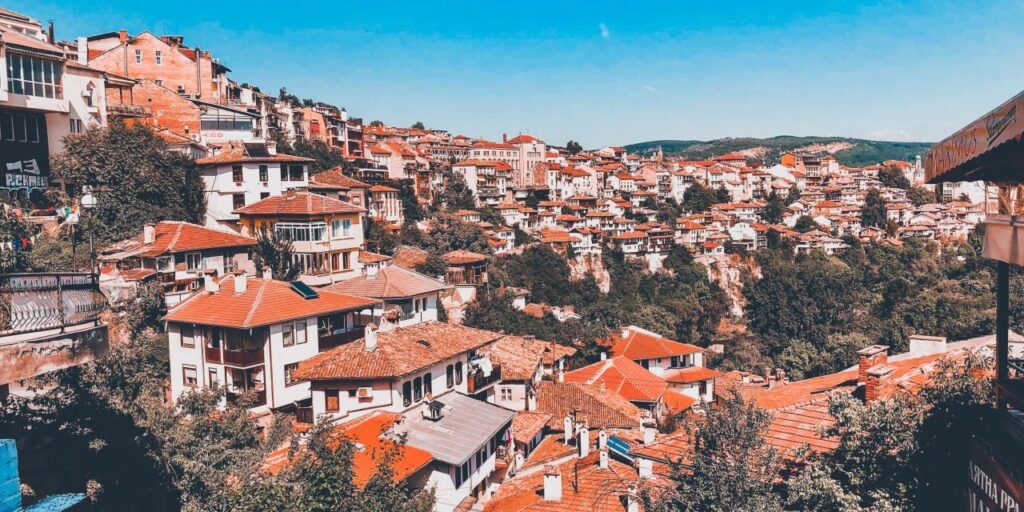Shabla sits on the northern Black Sea coast and offers a calm view of Bulgaria shaped by wind, water, and open land.
The town feels grounded and real, built around everyday life rather than spectacle.
Visitors come for space, clean air, and the sense that the sea still sets the rhythm.
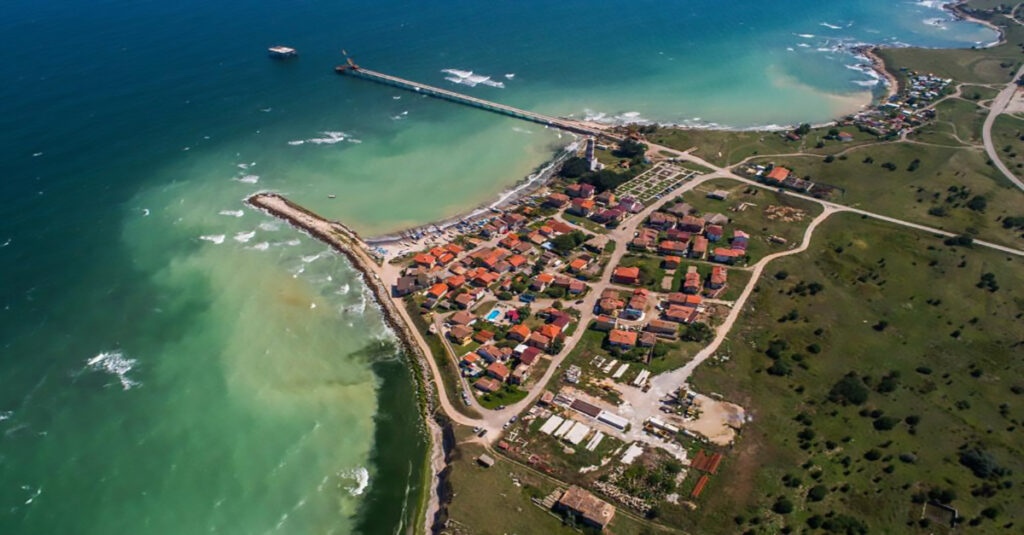
Beaches and Open Horizons
The coastline near Shabla is wide and largely untouched, with beaches that stretch without heavy development or noise.
Swimming here feels simple and refreshing, especially on quieter summer mornings.
Long walks along the shore reveal changing colors, strong light, and a horizon that stays open.
The Lighthouse and the Sea
The Shabla Lighthouse stands nearby and remains a key symbol of the area.
It is the oldest active lighthouse on the Bulgarian Black Sea coast and still guides ships today.
From the land around it, the sea feels powerful, direct, and honest.
Lakes and Natural Balance
Beyond the shore, lakes and wetlands define much of the surrounding landscape.
These areas support rare birds and create a quieter side of travel focused on observation and patience.
Nature here does not demand attention but rewards those who take their time.
Travel and Location
Shabla fits well into longer routes that include Varna, the Varna region countryside, and trips toward Golden sands.
The town works as a pause rather than a highlight, giving travelers time to slow down and reset.
It appeals to people who value balance over constant movement.
Getting Around
Reaching Shabla is easiest by car, especially for those who want freedom beyond fixed schedules.
With My Rent a Car, visitors can move comfortably between coastal points and inland sites without pressure.
This flexibility makes the journey feel personal rather than planned.
Shabla does not try to impress, and that honesty becomes its strongest quality over time.

